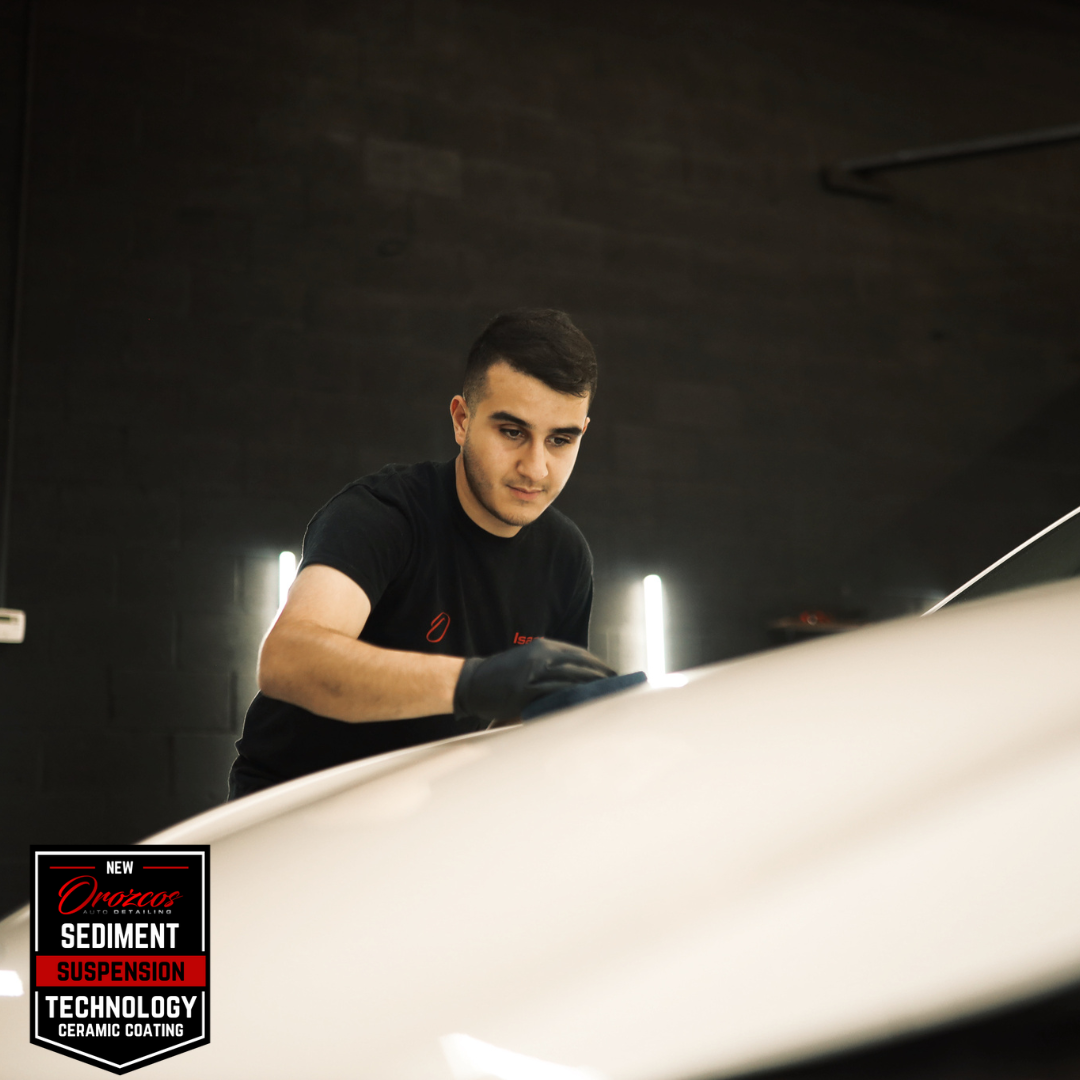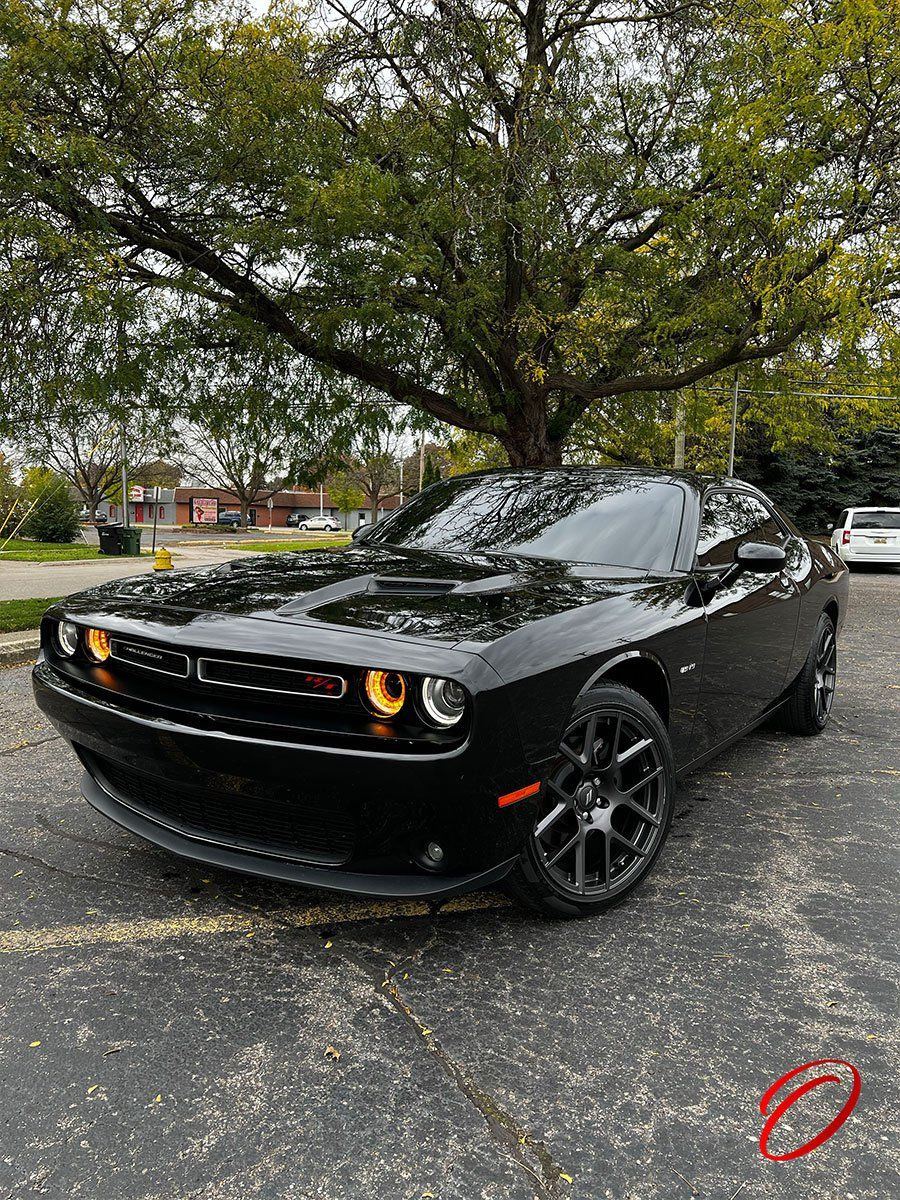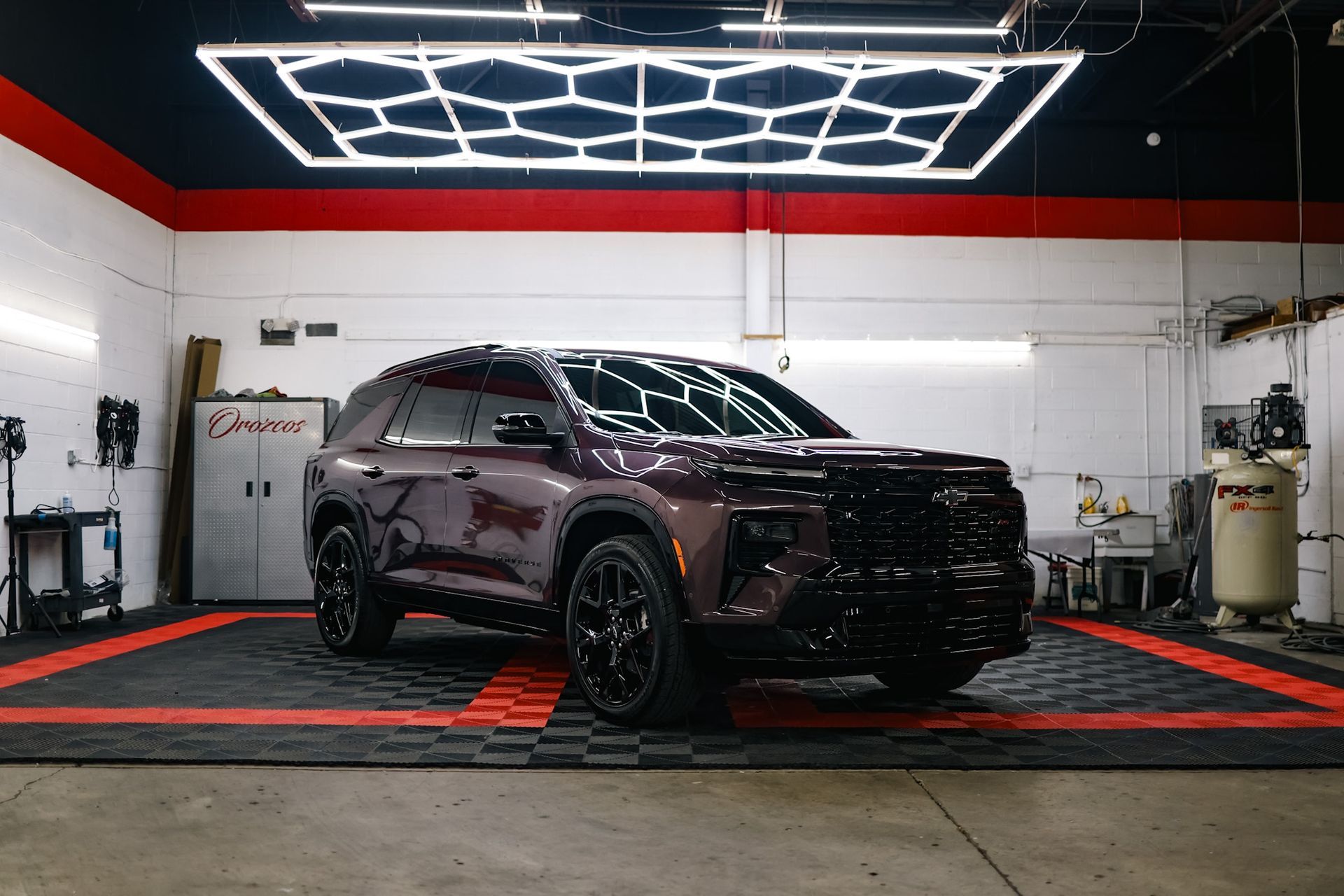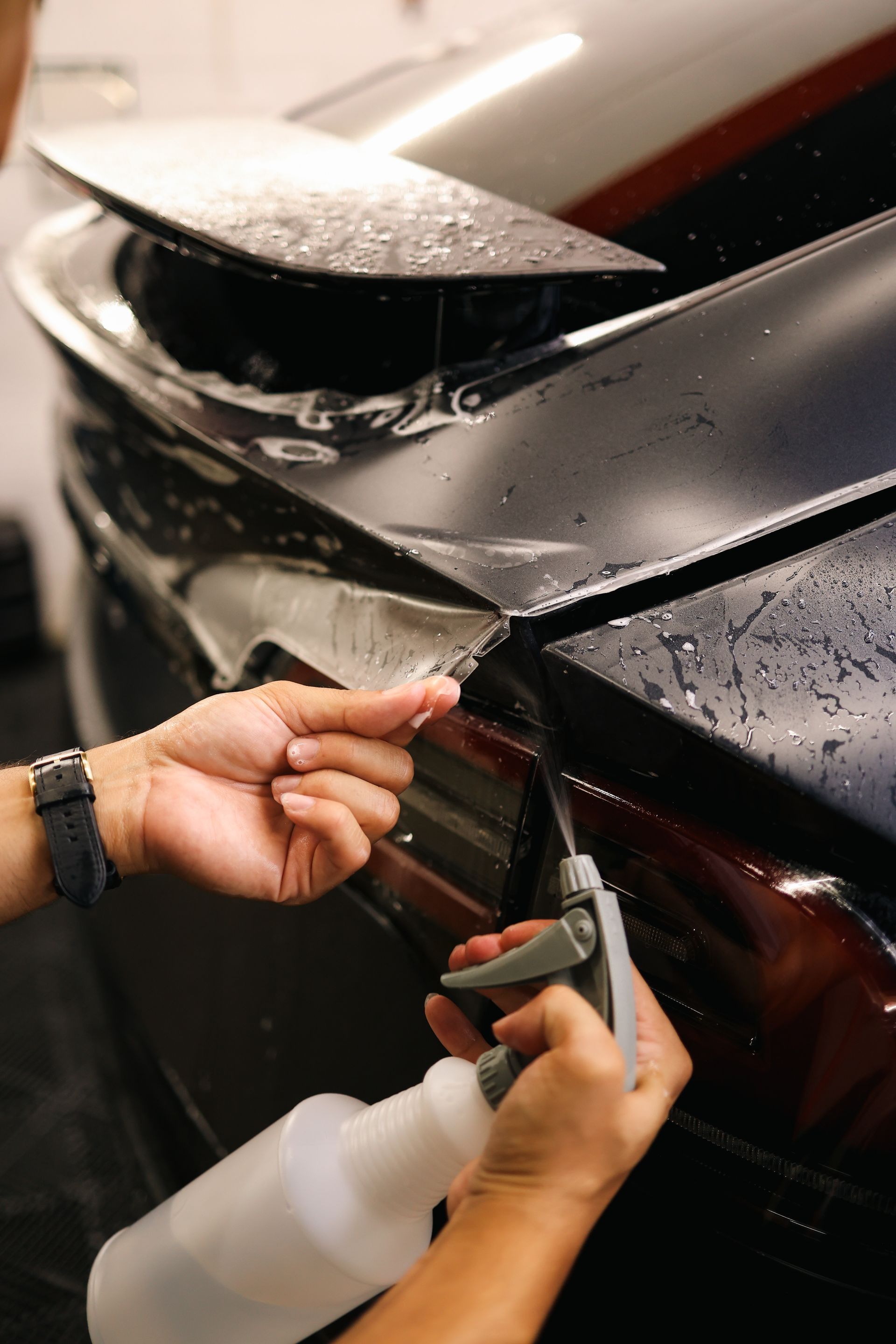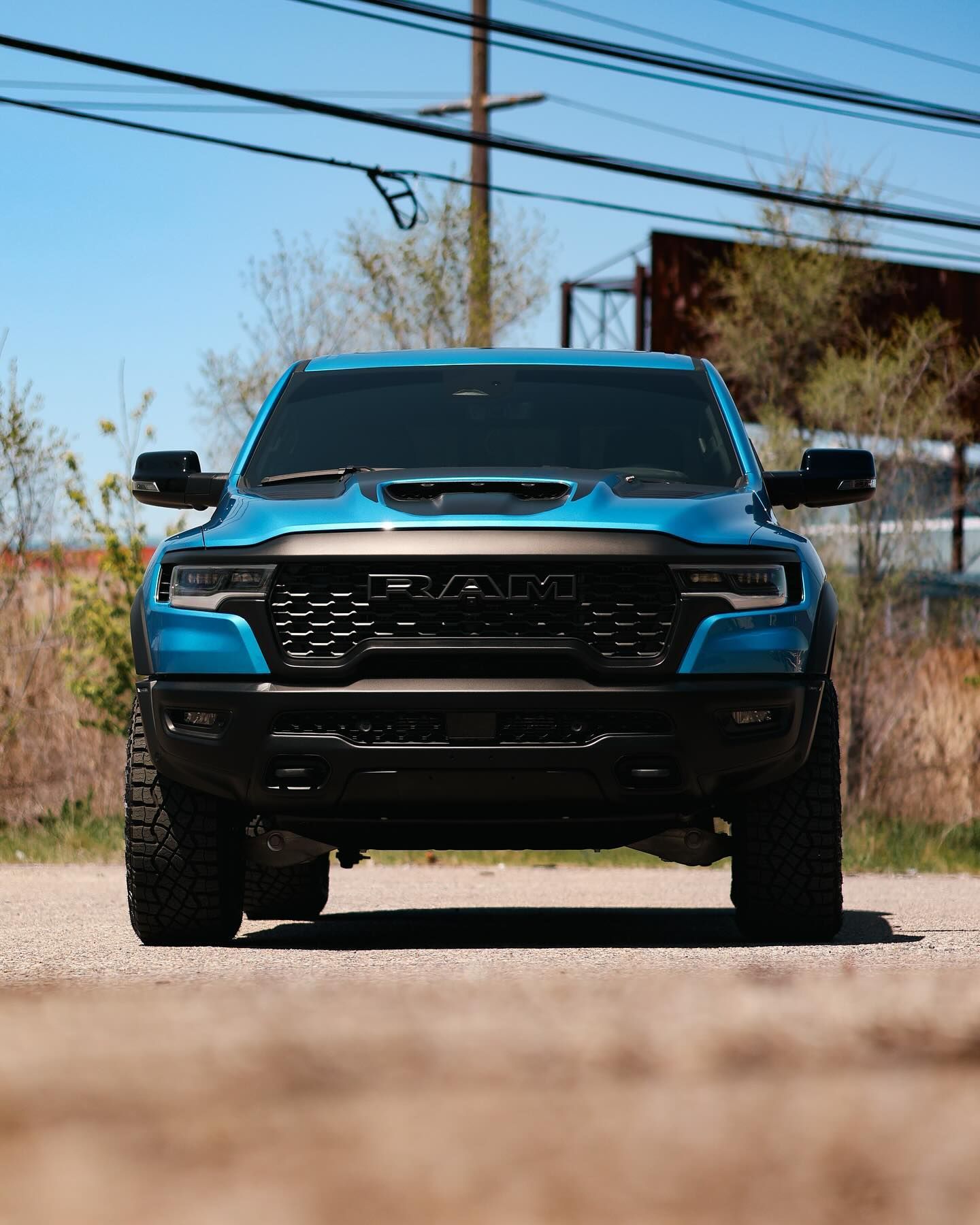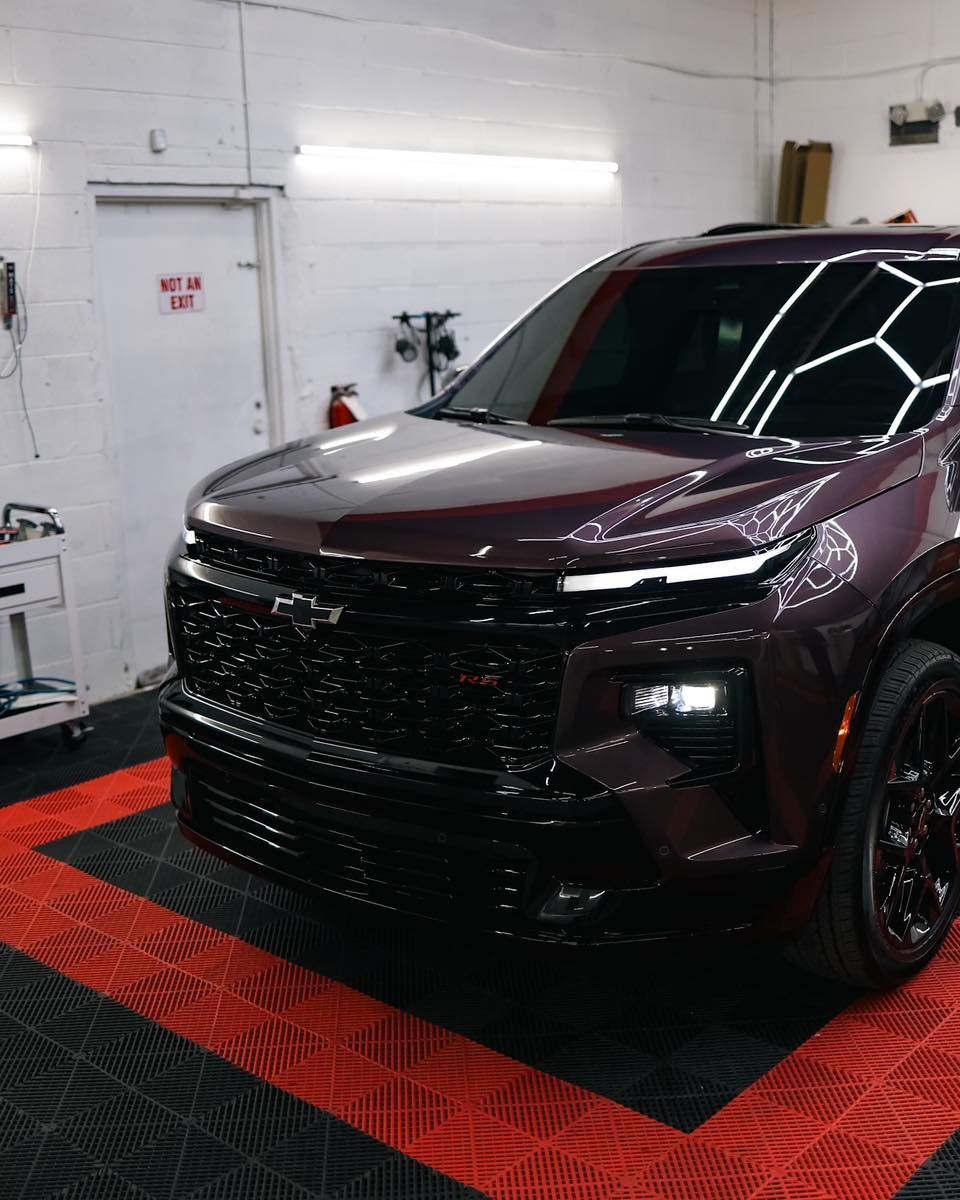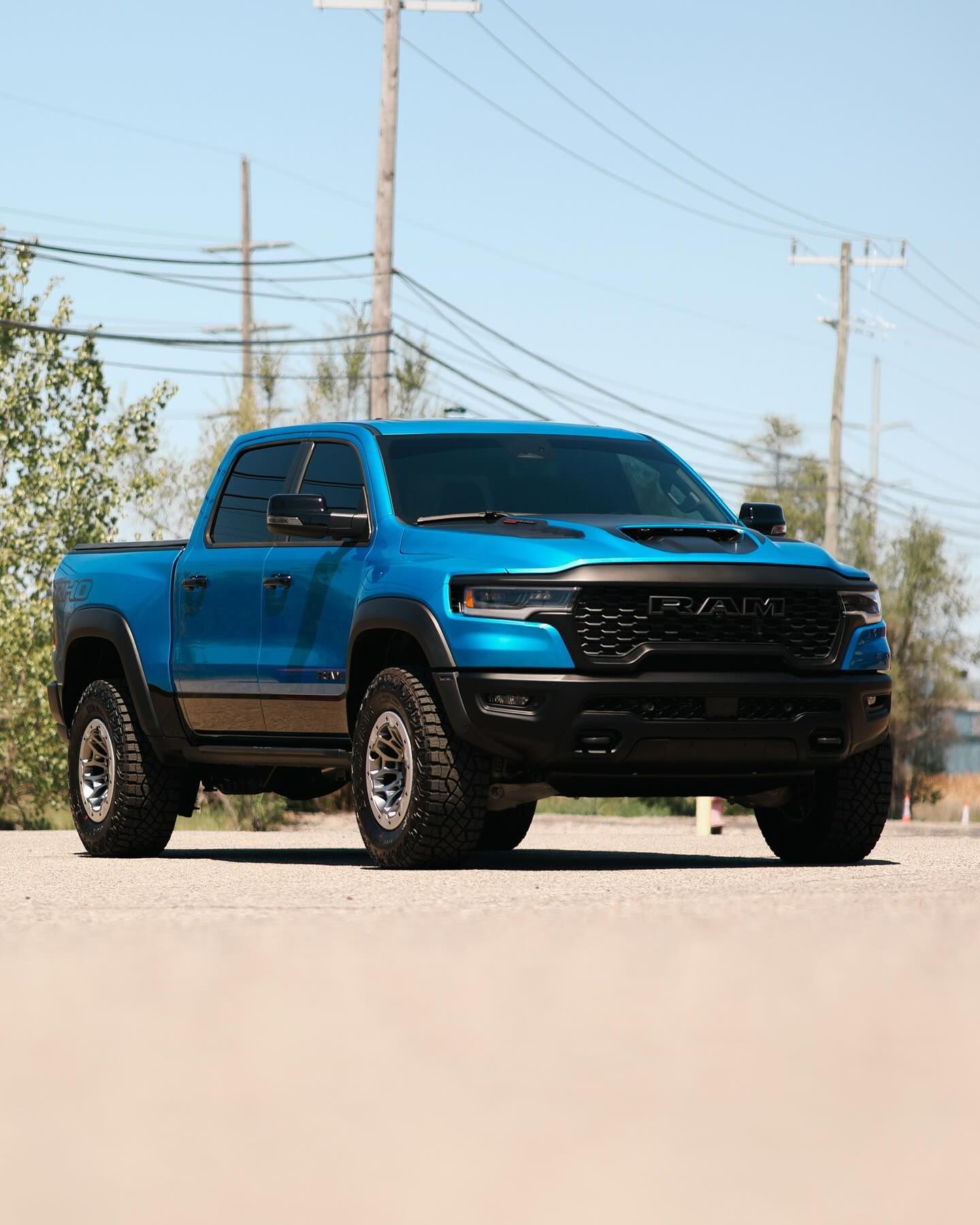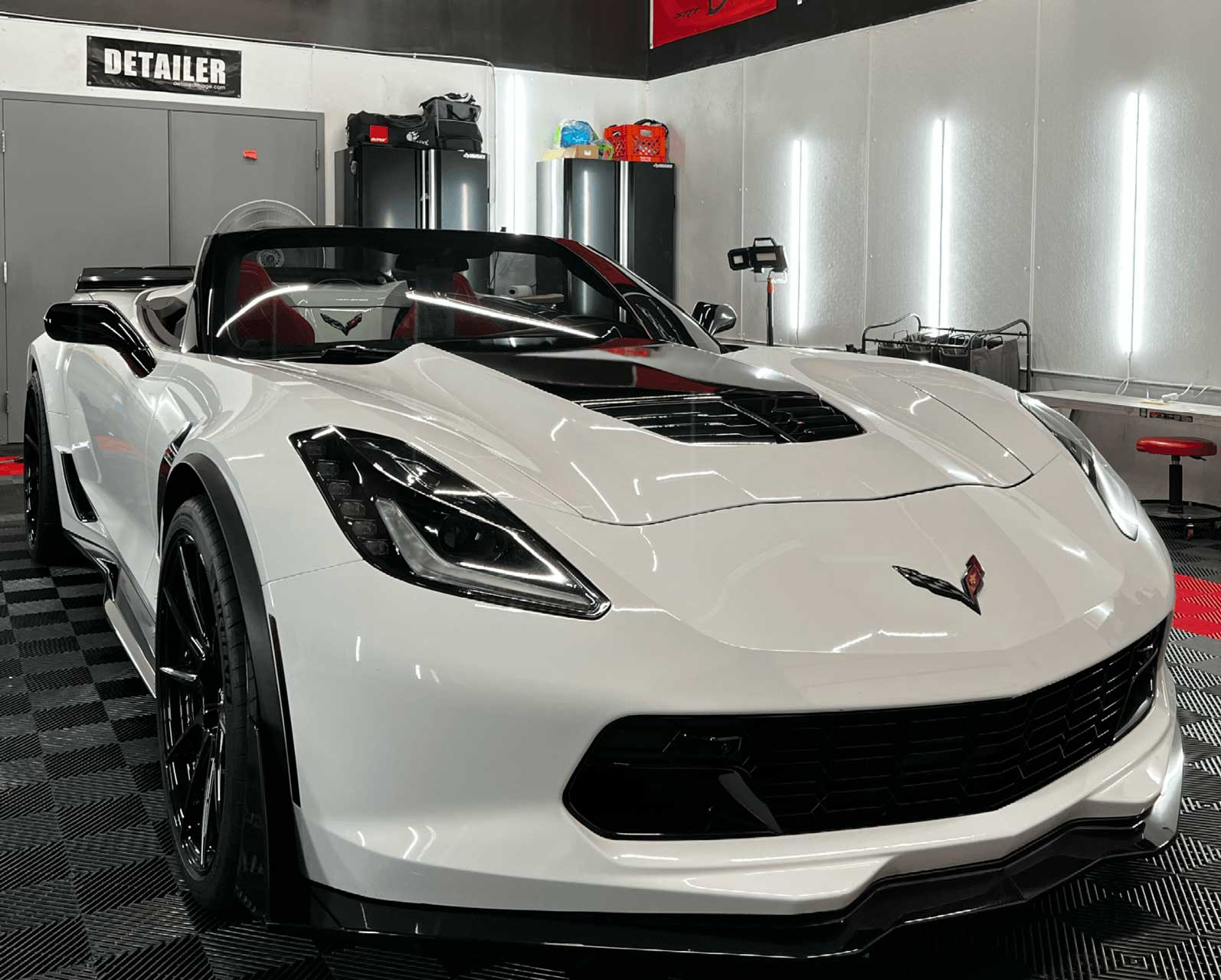What’s Destroying Your Ceramic Coating? Avoid These Hazards
When it comes to keeping your vehicle looking its best, a ceramic coating can be a game-changer. But here's the catch: it doesn't just sit pretty; it needs protecting, too. Many car owners mistakenly believe that once they have a ceramic coating applied, their paint is invincible, like a superhero cape for their car. Unfortunately, that's not how it works. In reality, various hazards lurk in plain sight, waiting to chip away at that shiny protective layer you invested in. From environmental pollutants to improper washing techniques, neglecting these threats can leave your car vulnerable and diminish the quality of your ceramic coating. So, let’s dive into what’s putting your prized finish at risk and how to safeguard it.
To protect your ceramic coating, it is essential to avoid drive-through car washes with brushes that can cause micro-scratches, as well as harsh cleaning chemicals that may strip away the protective layer. Additionally, always use soft foam or microfiber cloths during manual washing for best maintenance practices to ensure the longevity and effectiveness of your ceramic coating.
Common Hazards to Your Ceramic Coating
One of the most common risks to your ceramic coating is contact with harsh chemicals, especially those found in commercial car washes. These strong acids and bases often have pH levels below 3 or above 11, which can lead to serious degradation of the coating over time. Imagine washing your car thinking you're doing it a favor, only to be unknowingly applying substances that could chip away at its protective layer.
Similarly, many car owners underestimate the damaging effects of environmental contaminants like bird droppings, tree sap, and industrial fallout. These contaminants can etch into the surface if not removed within a reasonable timeframe; for example, bird droppings can start causing damage within just 24 hours. It's as if nature has thrown down the gauntlet against your vehicle's pristine finish.
Let's talk about improper washing techniques, which are one of the most prevalent issues affecting ceramic coatings today.
In addition to friction from washing techniques, we can't neglect another significant factor—UV radiation.
UV Exposure
Research indicates that prolonged exposure to UV rays can degrade a ceramic coating by up to 20% annually. Just think about that for a moment; every day, your vehicle basks in sunlight without cover, chips away at its protective abilities. Over time, this degradation compromises its effectiveness at repelling water and resisting contaminants.
Despite how robust ceramic coatings are advertised, their durability still relies heavily on being shielded from harsh environmental elements. The sun may seem harmless on a bright afternoon drive, but it has long-term impacts you simply cannot ignore. Therefore, consider parking in shaded areas whenever possible or using protective covers to minimize prolonged exposure.
Recognizing these hazards lays the groundwork for understanding another critical aspect—those unseen threats posed by environmental factors.
Environmental Contaminants
Your vehicle's ceramic coating serves as a robust shield against many threats, yet the outside world presents a collection of hazards that can swiftly undermine its effectiveness. From bird droppings to road salt, these environmental contaminants vary widely but share one common trait: they can do serious damage if left unattended for too long.
Bird Droppings and Tree Sap
You might not realize just how corrosive bird droppings and tree sap can be until it’s too late. These substances are highly acidic and can etch into the ceramic layer, creating permanent marks if they're not dealt with immediately. For instance, bird droppings can start causing damage within minutes when exposed to direct sunlight, effectively eating through the protection your ceramic coating offers.
Moving beyond birds in trees, we encounter road salt and industrial fallout — two additional threats that bring their own set of challenges.
Road Salt and Industrial Fallout
If you live in a colder climate where road salt is commonly used during winter months, you've likely encountered its impact firsthand. This unforgiving substance does more than just make roads safe for driving; it can penetrate even the most advanced ceramic coatings over time and lead to corrosion on your car's paint. Imagine driving around with a declining shine simply because you didn’t think twice about washing off the residue post-snowstorm.
Furthermore, industrial fallout poses equal concerns. It consists of microscopic metallic particles emitted by factories and industrial operations that can bond to your vehicle’s ceramic coating. Once attached, these particles gradually wear down your coating, leading to surface rust and pitting while turning what was once a glossy finish into something far less appealing.
To keep your ceramic finish looking pristine and performing well against these environmental contaminants, it's essential to adopt proactive maintenance practices. Regularly washing off bird droppings and tree sap is a must, so much so that I recommend checking under trees or surrounding areas after windy or rainy days, where birds often congregate. Remember: when in doubt, clean it out! Doing this keeps those pesky acids from settling in and causing long-term harm to your beautiful vehicle's coating.
Considering these points will enhance your understanding as we transition to examining another critical aspect impacting your vehicle's protection, specifically focusing on various chemical interactions that could pose risks to your ceramic coating.
Chemical Damage
One of the most insidious threats to the integrity of ceramic coatings comes from everyday chemicals found in our environment. These substances might not seem harmful at first glance, but their long-term effects can wear down your protective layer significantly. Something as innocuous as a cleaning spray or a drop of industrial waste can wreak havoc on your prized ceramic cookware or vehicle coating.
Harsh Cleaning Agents
Many people unknowingly reach for powerful cleaning products that contain acidic or alkaline ingredients, believing them to be effective against grime. However, these agents can strip away the essential properties of your ceramic surface if used too frequently or with excessive force. Even popular commercial car wash soaps, which claim to be safe, can contain harsher components than you would expect. For instance, Janine, a devoted car owner, discovered a slow decline in the once-vibrant hydrophobic qualities of her car's ceramic coating after months of using such a product.
Beyond the confines of your home are environmental factors that can also compromise ceramic coatings.
Acid Rain and Industrial Chemicals
Acid rain is a major culprit in damaging ceramic surfaces. This type of rain results from air pollution and contains harmful sulfuric and nitric acids that can corrode ceramic coatings over time. Picture this: you park your vehicle outside during a rainstorm, unaware that the acid-drenched droplets are silently etching away at its protective surface, each drop taking with it a little piece of safety. The same applies to industrial chemicals like tar or paint overspray; they can create stubborn stains that penetrate the coating, rendering it less effective. A startling statistic from the Environmental Protection Agency reveals that regions with extensive industrial activities report nearly 30% more instances of acid rain damage on vehicles compared to less polluted areas.
Awareness is crucial. While proactive care enhances the longevity of your ceramic coatings, being knowledgeable about potential hazards allows you to take preventive measures. Checking product labels before use, avoiding parking under tree cover during rain, and steering clear of busy roadways where industrial runoff is likely can help preserve your investments.
With an understanding of these chemical threats in mind, we now turn towards exploring other common missteps that could jeopardize your ceramic coatings’ effectiveness over time.
Maintenance Mistakes
Proper maintenance practices are crucial for the longevity of ceramic coatings, but the wrong techniques can be detrimental. One of the biggest pitfalls is using improper washing techniques. Many people still believe that a little elbow grease with an abrasive sponge will do the trick. However, using harsh materials, like old sponges or brushes, can scratch the surface of your ceramic coating, even if it is designed to withstand wear and tear.
Opt for soft microfiber cloths and use gentle soaps specifically formulated for ceramic-coated vehicles. Steer clear of automatic car washes that employ aggressive brushes; they may save time, but can wreak havoc on your beautifully coated exterior.
Neglecting Regular Inspections
Regular inspections of your vehicle's ceramic coating are crucial for identifying minor issues before they escalate. Consider it as a regular health check-up for your car, prioritizing prevention over remediation. As you regularly assess the effectiveness of the coating, be vigilant for subtle indicators such as dried water spots or areas where the gloss appears to be diminishing.
If these indicators are ignored, they can lead to degradation over time and compromise the integrity of your ceramic layer.
You could easily dedicate some time each month, perhaps while washing your car, to inspect closely any minor damages. Addressing these issues promptly not only preserves the overall appearance but also enhances the durability of the ceramic coating, allowing it to continue providing that much-needed protection against environmental contaminants.
Additionally, being aware of environmental conditions during application and cleaning is essential for effective maintenance.
Preventative Measures
Protecting your ceramic coating requires conscious effort and smart choices. Every time you park your car outside, it faces a world full of potential hazards like bird droppings, tree sap, and even acid rain. That's where employing quality coverings plays a crucial role. By investing in a high-quality car cover, you act as the first line of defense against these environmental contaminants. A well-fitted cover not only shields against grime but also offers protection from harsh UV rays that can degrade your coating over time. If you don’t have garage access, this simple step becomes even more vital.
Equally important is establishing a routine maintenance schedule. Think of it as regular check-ups for your vehicle’s health. Monthly inspections allow you to catch minor damages before they turn into more significant issues. It’s straightforward: walk around your car, checking for any signs of wear or damage to the coating. This proactive approach will help ensure that small blemishes do not become costly repairs later on.
Regular washing serves another essential purpose: it removes substances that could adhere to the surface and potentially damage your ceramic layer over time. Ideally, wash your car biweekly with products recommended for coated surfaces. Using the right tools, such as a soft microfiber wash mitt and a pH-balanced soap like Ethos Ceramic Shampoo, can make all the difference in maintaining the integrity of your coating.
But timing is everything. If you notice any contaminant—be it bird droppings or sticky tree sap—make sure to remove them immediately. These substances can settle into your coating and become tough to clean if left unattended. The longer they remain, the higher the chance they may cause etching or other forms of damage.
Building good habits now will pay off significantly later. By taking these preventative steps seriously, such as investing in protective coverings and adhering to an organized maintenance routine, you actively enhance the longevity and performance of your ceramic coating. Your vehicle will look great while preserving its value for years to come.
Understanding these preventative strategies places you in a strong position as we explore how to maximize the life and efficacy of your coating even further.
With routine care and preventive measures in place, you can ensure the longevity of your investment and enjoy its dazzling appearance for years to come. For more tips and help protecting your vehicle, contact us at
Orozco’s Auto Detailing or call us at (313) 888-3822.
SHARE WITH YOUR FRIENDS
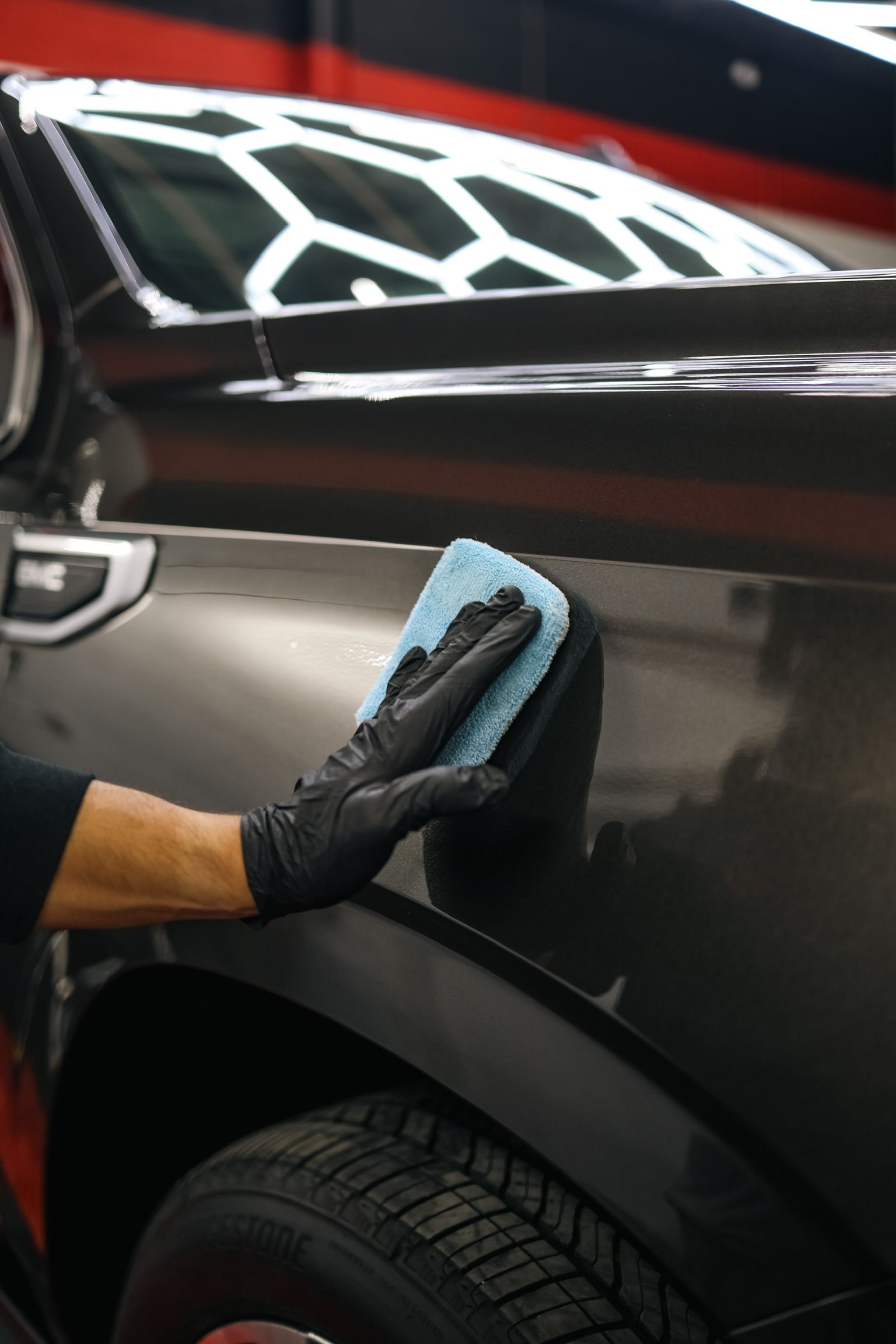
Signs Your Ceramic Coating Is Failing: How to Restore, Maintain, and Protect Your Finish in Michigan
